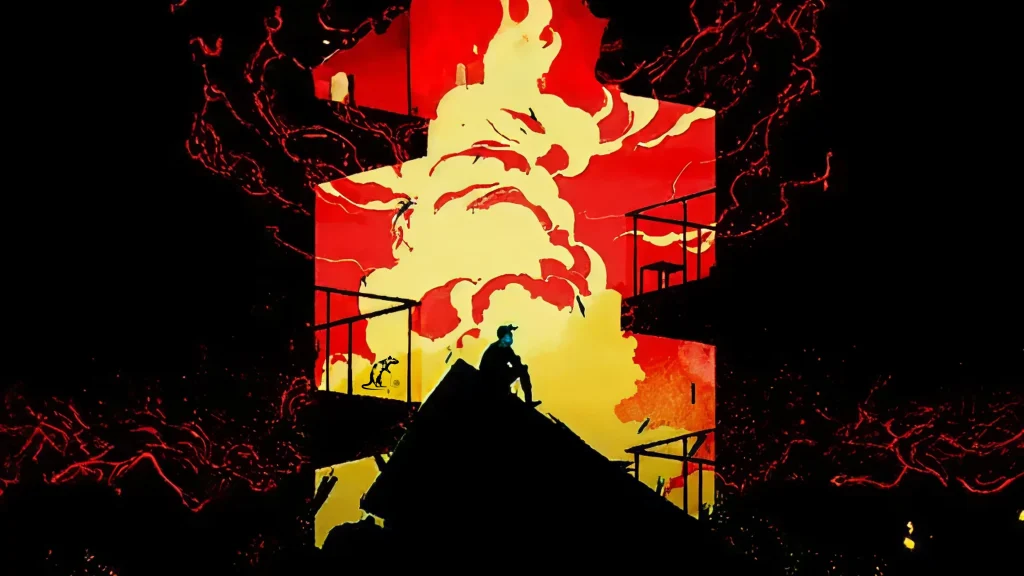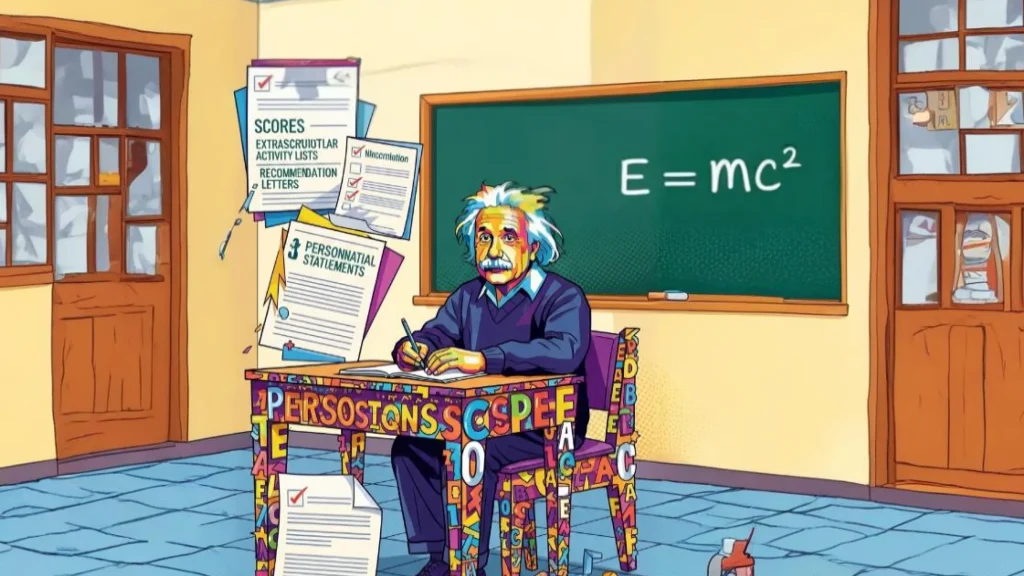Whose City Is It Anyway? The Festishization of Androon Lahore and the Uneven Politics of Space
As someone who lives in Androon Lahore, I’ve unintentionally become the designated tour guide for all my burger friends. It’s a role I’ve accepted with equal parts patience and quiet observation. Every few months, a different friend wants to “see the real Lahore,” so we set off: Wazir Khan Masjid, Gali Surjan Singh, and maybe, if they’re feeling brave +- a quick walk through the bazaar.
It’s always the same pattern. “Bus yehi hai? It’s so small.” “It smells a bit, no?” “Okay, now take a picture of me walking past that door.”
They visit two galis, snap a few moody reels with Ghulam Ali in the background, and by the time we’re sipping chai at a rooftop café, they’re already talking about their next weekend plan in Defence. I always want to tell them: you’re not seeing it. You’re viewing this place like it’s an Instagram backdrop.
This isn’t just a personal frustration. It’s a city-wide pattern. In the heart of Lahore, beyond the bougainvillea-covered bungalows of Defence and the European facades of Gulberg cafés, lies Androon Sheher – Old Lahore. It’s a living archive of Mughal, Sikh, and colonial histories, where winding alleys are dense with generations of memory. For decades, it existed outside the gaze of elite Lahore, seen as congested, chaotic, and “too local.” But lately, something has shifted.
With the rise of cultural nostalgia and the aestheticization of heritage, elite Lahoris have started to frequent these historic neighborhoods – not to participate in them, but to curate them. Dressed in pastel joras, they stroll through Delhi Gate, soundtrack their reels with Ghulam Ali or Hadiqa Kiani’s Chaap Tilak, pose in front of decaying havelis, and retreat before Maghrib. They don’t come for the people, the pulse, or the complexity. They come for the mood.
Anthropologists might call this “heritage fetishization.” Fetishization, in this context, refers to the transformation of living cultural spaces into consumable objects – stripped of context, divorced from community, and reduced to aesthetics. It echoes Edward Said’s theory of the “Orientalist gaze,” where the West viewed the East not as complex or equal, but as a romantic, exotic Other. Now, that gaze has been localized – turned inward. The elite Lahori eye views Androon not as a space of co-existence, but as a theme park of cultural nostalgia.
In anthropology, space is never just about geography – it’s about meaning, power, and identity. Michel de Certeau distinguishes between “space” and “place” – where a place is practiced space, filled with lived routines, relationships, and memory. For residents of Androon, the gali isn’t just a passage – it’s a narrative. But for the outsider, it’s often an aesthetic object, briefly visited and promptly posted.
This disconnect becomes starker when you see the social asymmetry. The very people who treat Androon like a film set are often the same ones who flinch at the presence of Androon’s residents in their own enclaves. When people from the inner city visit malls in Gulberg, or sip chai in Z-Block cafés, they are met with side-eyes, gatekeeping stares, and passive-aggressive discomfort. The slang kicks in – “chapri,” “paindu,” “gawaar” – all code words to uphold invisible walls of class and culture.
There’s a painful irony here. The same elites who come to Androon Lahore for a vintage wedding reel wouldn’t dream of attending a wedding in Bhaati Gate. Yet when someone from the inner city posts a reel outside a café on MM Alam, it’s instantly labeled ‘chapri.’ What they call heritage in one direction, they call cringe in the other. Every visual that defies their class order becomes offensive – not because of what it is, but because of who’s doing it.
Urban theorist Henri Lefebvre coined the concept of “the right to the city” – not just physical access, but the right to shape, participate in, and co-author urban life. This includes cultural participation, symbolic visibility, and the ability to exist in public without apology. Lahore’s urban geography – divided along class, language, and aesthetic taste – makes this right incredibly uneven.
In the urban fabric of Lahore, aesthetics are power. The elite claim authenticity through curated imperfection – an old door, a chai dhabba, a worn-down wall. But it’s a borrowed authenticity. When that same dhabba becomes too crowded with actual residents, or when the background noise interrupts the soft Sufi soundtrack, the illusion shatters. The place must remain distant, poetic, and most importantly – controllable.
But what is lost in this dynamic is the reality of Androon’s everyday life. The people who live there are not props. Their children grow up under heritage rooftops that leak during monsoons. Their lives are not aesthetic – they’re real, messy, loud, and layered.
The elite gaze doesn’t see this. It doesn’t want to. That would require engagement, responsibility, and vulnerability. It’s easier to walk past, record, and retreat. To turn lived heritage into a consumable visual – a hashtag, a vibe.
This isn’t a call to gatekeep Old Lahore. If anything, Androon’s spirit has always been one of hospitality. But cultural tourism must evolve into cultural solidarity. The question is not whether you should visit Androon, but how you do it. Are you here to extract, or to engage? Are you looking to perform culture, or to learn from it?
True cultural exchange is relational, not transactional. It’s about sitting down, listening, unlearning, and recognizing your place in a city that is older, deeper, and more complicated than your feed will ever show. It’s about moving from aesthetic proximity to actual empathy.
Until then, Lahore will remain split – not just by flyovers or underpasses, but by perception. A city where roads might connect us, but privilege still keeps us apart.



